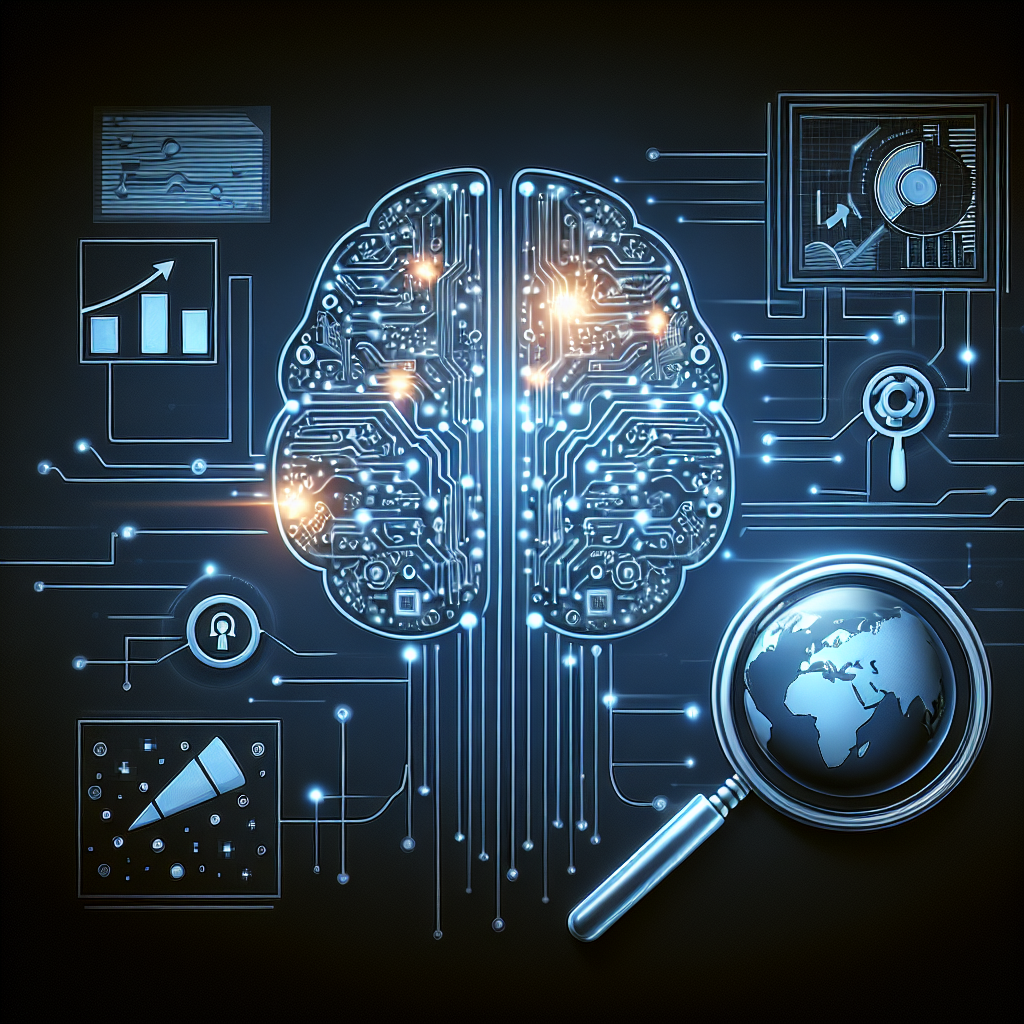In today’s digital age, businesses are constantly looking for ways to stay ahead of the competition and make informed decisions. One of the most effective tools for achieving this is AI-driven Business Intelligence (BI). This technology has revolutionized the way companies collect, analyze, and utilize data to drive their content marketing strategies.
AI-driven BI leverages artificial intelligence and machine learning algorithms to automate the process of gathering, processing, and interpreting data. This allows businesses to extract valuable insights from vast amounts of information in real-time, enabling them to make data-driven decisions quickly and efficiently.
In the context of content marketing, AI-driven BI can be a game-changer. It helps businesses understand their target audience’s preferences, behaviors, and interests by analyzing data from various sources such as social media, website analytics, and customer feedback. This information can then be used to create personalized and engaging content that resonates with customers and drives conversions.
Furthermore, AI-driven BI can help businesses track the performance of their content marketing campaigns in real-time, allowing them to make adjustments on the fly to optimize results. This level of agility and responsiveness is crucial in today’s fast-paced digital landscape, where trends and customer preferences can change in an instant.
One of the key benefits of AI-driven BI for content marketing is its ability to predict future trends and consumer behavior. By analyzing historical data and patterns, AI algorithms can forecast upcoming trends and help businesses stay ahead of the curve. This proactive approach allows companies to anticipate changes in the market and tailor their content marketing strategies accordingly.
Additionally, AI-driven BI can help businesses identify gaps in their content strategy and suggest opportunities for improvement. By analyzing data on customer engagement, conversion rates, and other key metrics, AI algorithms can pinpoint areas where content is underperforming and provide recommendations for optimization. This can help businesses maximize the impact of their content marketing efforts and achieve better results.
Overall, AI-driven BI offers businesses a powerful tool for enhancing their content marketing strategies and driving business growth. By leveraging the power of artificial intelligence and machine learning, companies can gain valuable insights, predict trends, and optimize their content marketing campaigns for maximum impact.
FAQs:
Q: How does AI-driven BI differ from traditional Business Intelligence?
A: AI-driven BI leverages artificial intelligence and machine learning algorithms to automate data analysis and provide real-time insights, whereas traditional BI relies on manual processes and historical data analysis.
Q: What are the key benefits of using AI-driven BI for content marketing?
A: Some of the key benefits include improved understanding of customer preferences, real-time tracking of campaign performance, predictive analytics for future trends, and optimization of content strategy based on data-driven insights.
Q: How can businesses implement AI-driven BI for content marketing?
A: Businesses can implement AI-driven BI by investing in AI-powered analytics tools, integrating data from various sources, training AI algorithms to analyze and interpret data, and using insights to optimize content marketing strategies.
Q: What are some examples of AI-driven BI tools for content marketing?
A: Some popular AI-driven BI tools for content marketing include Google Analytics, IBM Watson Analytics, Tableau, and Salesforce Einstein Analytics.
Q: How can businesses measure the ROI of AI-driven BI for content marketing?
A: Businesses can measure the ROI of AI-driven BI by tracking key performance indicators such as website traffic, customer engagement, conversion rates, and revenue generated from content marketing campaigns. By comparing these metrics before and after implementing AI-driven BI, businesses can assess the impact and effectiveness of the technology.

